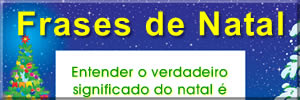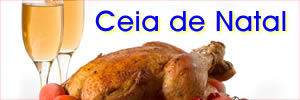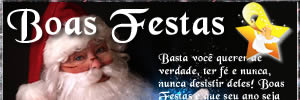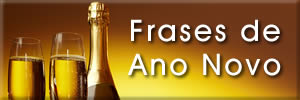Textos de Natal em Inglês para cursos de inglês - Christmas Texts
Aprender inglês é mais do que uma necessidade, é fundamental para nos comunicarmos num mundo globalizado.
Essa é uma seleção com textos de natal em inglês para usar em salas de aula, para cursos de inglês, para introduzir os alunos na cultura da língua inglesa sobre as tradições de natal ( Christmas ).
Aprenda inglês e apronfunde-se nas culturas de outros povos. Christmas Texts, textos de natal em inglês para alunos. Veja mais: Textos de Natal.
Christmas Texts - Textos sobre o natal em inglês
Christmas Traditions
Christmas is probably the most festive time of the year, a season of gift-giving and celebration. We all know that Christmas is a religious holiday which marks the birth of Jesus Christ. But did you also know that some of the traditions are adapted from rituals dating back to a time before Christianity?
Many pagan peoples regarded the winter solstice as a time of celebration. Anticipating the return of spring, people decorated their homes with evergreen plants, a symbol of eternal life. Mistletoe was especially popular, as it was believed to have magic powers. People hung sprigs of mistletoe in their homes and kissed beneath them as a gesture of friendship. At pagan festivals there was also a lot of singing and dancing going on – “dancing in a circle” is the original meaning of the word “carol”.
Still now we keep these traditions up: we sing Christmas carols and dance around in circles, we kiss beneath the mistletoe and we decorate our homes with Christmas trees. By the way, did you know that it was a German who set the trend of decorating Christmas trees in England? It was Prince Albert, Queen Victoria’s husband. When he moved to England, Christmas trees had already been popular in continental Europe, but not in England. In 1841, Prince Albert put up a Christmas tree at Windsor Castle. The event was reported in the press; and as the whole country was very keen on the royal family, people enthusiastically took up the custom of decorating a tree at Christmas. ( textos de natal em inglês sobre as tradições do natal )
Jack Horner
Little Jack Horner, Sat in a corner, Eating a Christmas pie. He stuck in his thumb, And pulled out a plum, And said, What a good boy am I.
The Candle in the Window
The placing of a lighted candle in the window of a house on Christmas eve is still practised today. It has a number of purposes but primarily it was a symbol of welcome to Mary and Joseph as they travelled looking for shelter. The candle also indicated a safe place for priests to perform mass as, during Penal Times this was not allowed. ( pequenos textos de natal em inglês )
The Wren Boy Procession
During Penal Times there was once a plot in a village against the local soldiers. They were surrounded and were about to be ambushed when a group of wrens pecked on their drums and awakened the soldiers. The plot failed and the wren became known as “The Devil’s bird”.
On St. Stephens Day a procession takes place where a pole with a holly bush is carried from house to house and families dress up in old clothes and with blackened faces. In olden times an actual wren would be killed and placed on top of the pole.
This custom has to a large degree disappeared but the tradition of visiting from house to house on St. Stephens Day has survived and is very much part of Christmas.
Christmas is love in action
Christmas is love in action. Everytime we love, everytime we give, it’s Christmas. Wishing you a blessed Christmas.
The Laden Table
After evening meal on Christmas eve the kitchen table was again set and on it were placed a loaf of bread filled with caraway seeds and raisins, a pitcher of milk and a large lit candle. The door to the house was left unlatched so that Mary and Joseph, or any wandering traveller, could avail of the welcome. ( Christmas Texts - Textos de natal )

 Mensagens de Natal
Mensagens de Natal Frases de Natal
Frases de Natal Ceia de Natal
Ceia de Natal Natal 2022 e Ano Novo
Natal 2022 e Ano Novo Origem do Natal
Origem do Natal Textos de Natal
Textos de Natal Amigo Secreto
Amigo Secreto Poemas de Natal
Poemas de Natal Frases de Ano Novo
Frases de Ano Novo Mensagens Ano Novo
Mensagens Ano Novo Vender mais no Natal
Vender mais no Natal